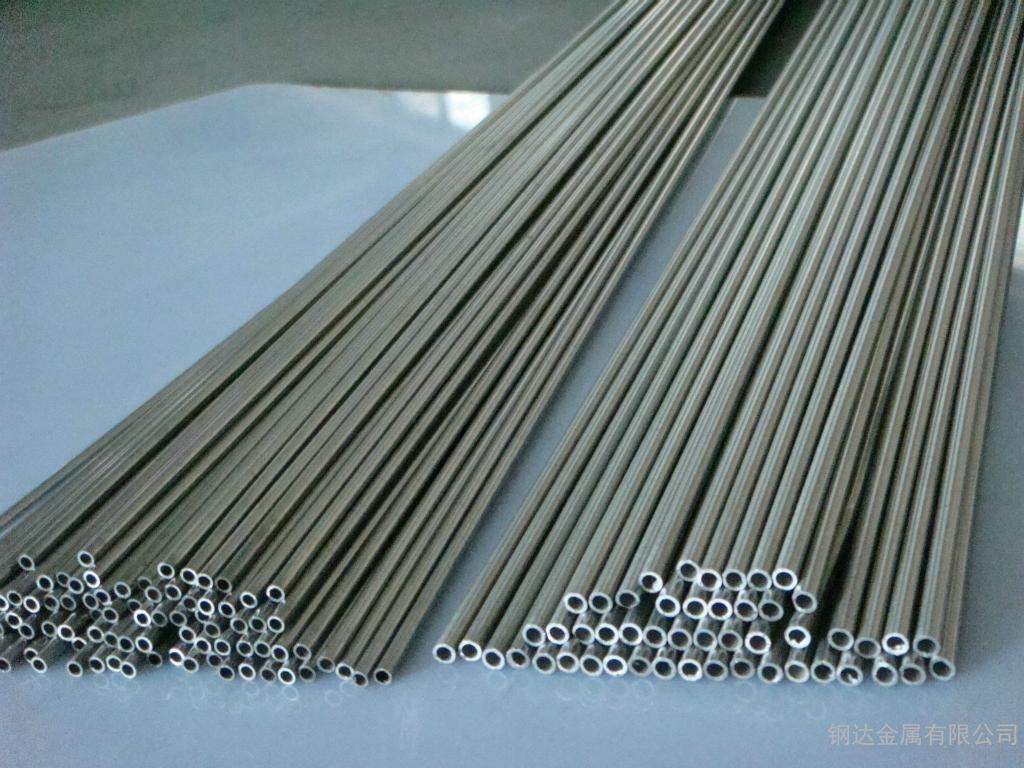NEWS CENTER
Processing Technology of Stainless Steel Cold-Drawn Tubes
Processing Technology of Stainless Steel Cold-Drawn Tubes
1. Stainless Steel Cold-Drawn Tubes Introduction
Stainless steel cold-drawn tubes are commonly used metal products, widely applied in fields such as petroleum, chemical, aerospace, and more. The processing technology plays a crucial role in ensuring product quality and performance. This article will provide a detailed introduction to the processing technology of stainless steel cold-drawn tubes, covering aspects such as material selection, processing steps, and process parameters.
2. Stainless Steel Cold-Drawn Tubes Material Selection
Material selection for stainless steel cold-drawn tubes is one of the crucial factors determining product quality. Common stainless steel materials include 304, 316, 321, etc. The selection depends on specific usage environments and requirements. Additionally, the chemical composition, mechanical properties, and surface quality of the material must meet standard specifications.
3. Stainless Steel Cold-Drawn Tubes Processing Steps
The processing steps for stainless steel cold-drawn tubes typically include the following:

3.1 Raw Material Preparation
Select appropriate stainless steel material based on product requirements, conduct material inspection and screening to ensure quality meets the specified standards.
3.2 Tube Drawing Processing
3.2.1 Acid Cleaning
Subject the raw material to acid cleaning to remove surface oxides and contaminants, enhancing surface quality.
3.2.2 Cold Drawing
Use a cold drawing machine to process the acid-cleaned raw material. Cold drawing involves passing the material through dies multiple times to gradually reduce the cross-sectional area, achieving the desired dimensions and shape.
3.2.3 Homogenization Treatment
The drawn tubes require homogenization treatment to eliminate internal stresses, enhancing material mechanical properties and toughness.
3.3 Heat Treatment
Tubes processed through cold drawing and homogenization require heat treatment to improve material mechanical properties and structure. Common heat treatment methods include annealing, solution treatment, and aging treatment.
3.4 Surface Treatment
To enhance corrosion resistance and aesthetics of stainless steel cold-drawn tubes, surface treatment is usually necessary. Common surface treatment methods include acid cleaning, sandblasting, polishing, etc.
4. Stainless Steel Cold-Drawn Tubes Process Parameters
During the processing of stainless steel cold-drawn tubes, important process parameters need to be determined based on specific requirements, including:
4.1 Cold Drawing Ratio
The cold drawing ratio refers to the ratio of cross-sectional areas before and after cold drawing, typically used to measure the extent of deformation during the cold drawing process. Depending on different materials and product requirements, an appropriate cold drawing ratio is chosen to ensure dimensional accuracy and mechanical performance.
4.2 Cold Drawing Speed
Cold drawing speed refers to the speed at which the raw material passes through the dies during the cold drawing process. A reasonable cold drawing speed ensures good surface quality and dimensional accuracy of the product.
4.3 Heat Treatment Temperature and Time
Heat treatment temperature and time are crucial parameters influencing material structure and performance. Based on material properties and product requirements, suitable heat treatment temperature and time are determined to achieve the desired effects.
5. Stainless Steel Cold-Drawn Tubes Quality Control
Quality control is crucial during the processing of stainless steel cold-drawn tubes. Through rational quality control measures, product quality and performance meeting standard requirements can be ensured.
5.1 Inspection
Strictly inspect key aspects of raw materials and processing steps, including chemical composition, mechanical properties, dimensional accuracy, surface quality, etc.
5.2 Product Testing
Comprehensively test the final product, including visual inspection, dimensional measurement, mechanical performance testing, etc., ensuring the product meets customer and standard requirements.
5.3 Process Control
During processing, maintain stable and consistent product quality through proper control of process parameters and equipment adjustment.
6. Stainless Steel Cold-Drawn Tubes Conclusion
The processing technology of stainless steel cold-drawn tubes significantly impacts product quality and performance. Achieving high-quality tubes involves rational material selection, precise determination of processing steps and parameters, and stringent quality control measures. Continuous research and innovation in processing technology, coupled with enhancing technical capabilities, are essential for maintaining high standards and improving product competitiveness. By focusing on these key aspects, manufacturers can produce superior stainless steel cold-drawn tubes.

Stainless Steel Cold-Drawn Tubing
请输入搜索关键字
确定






